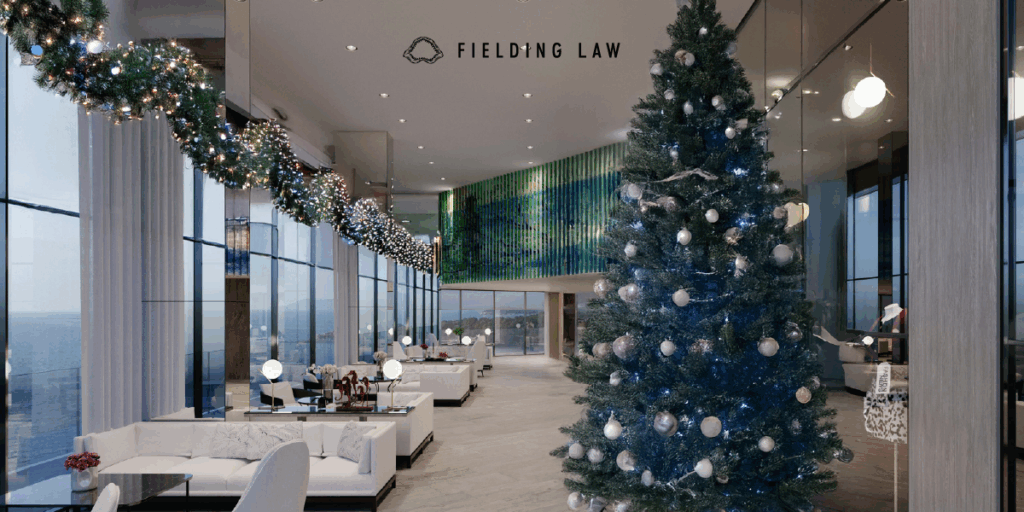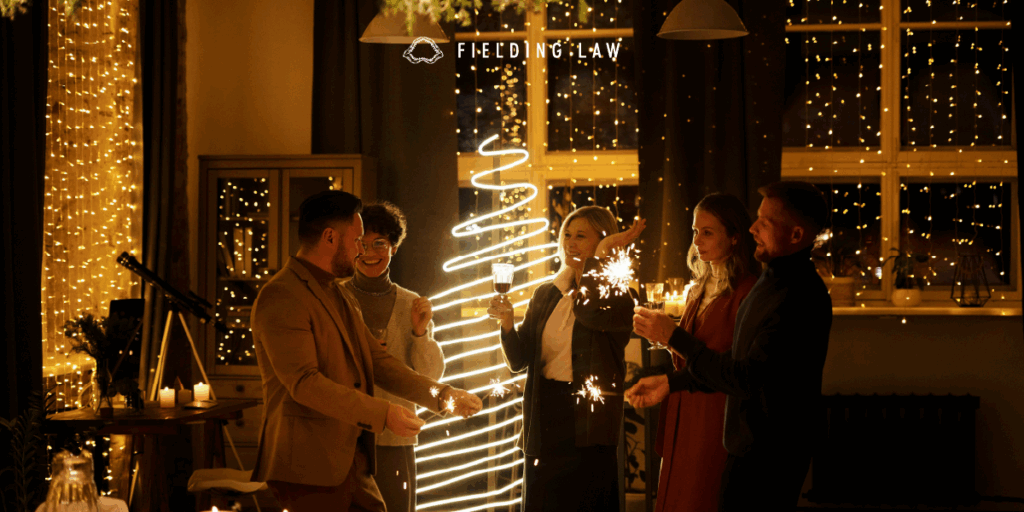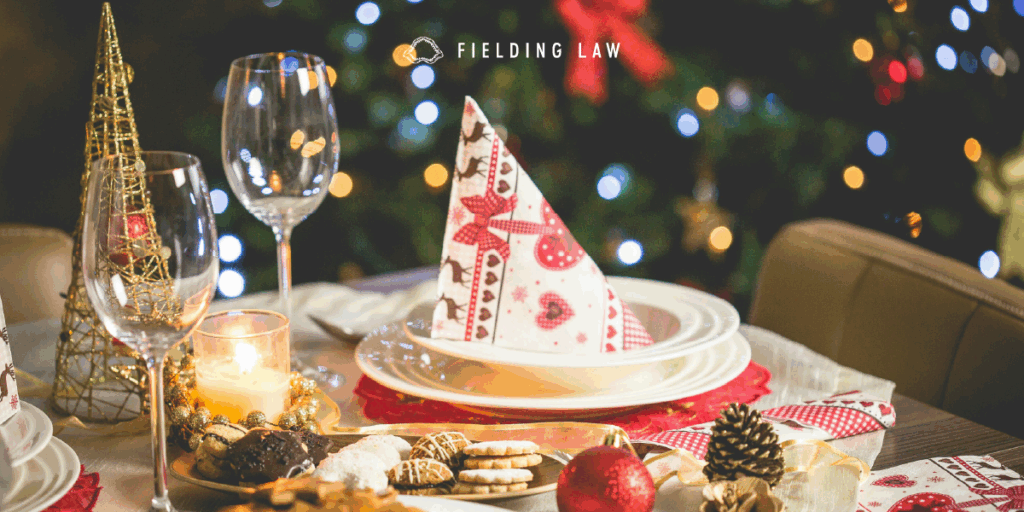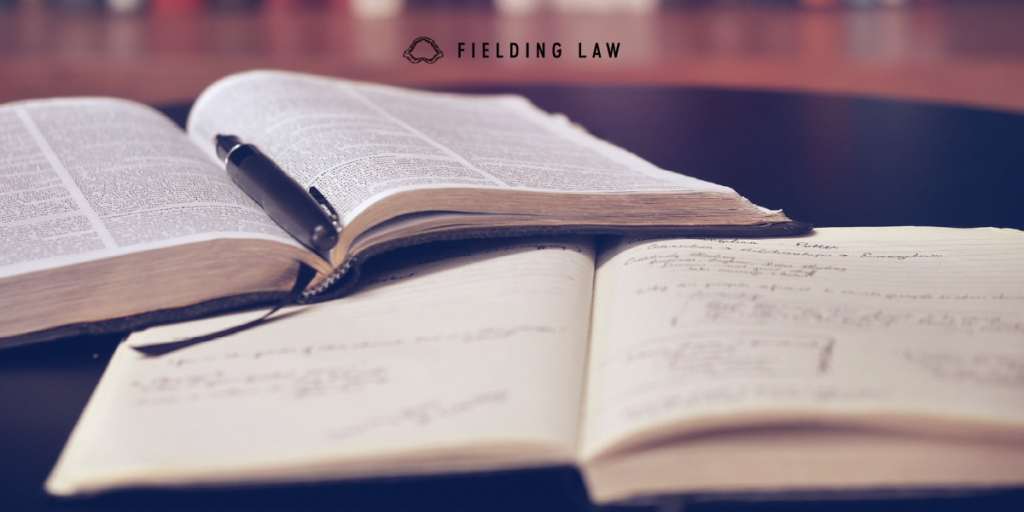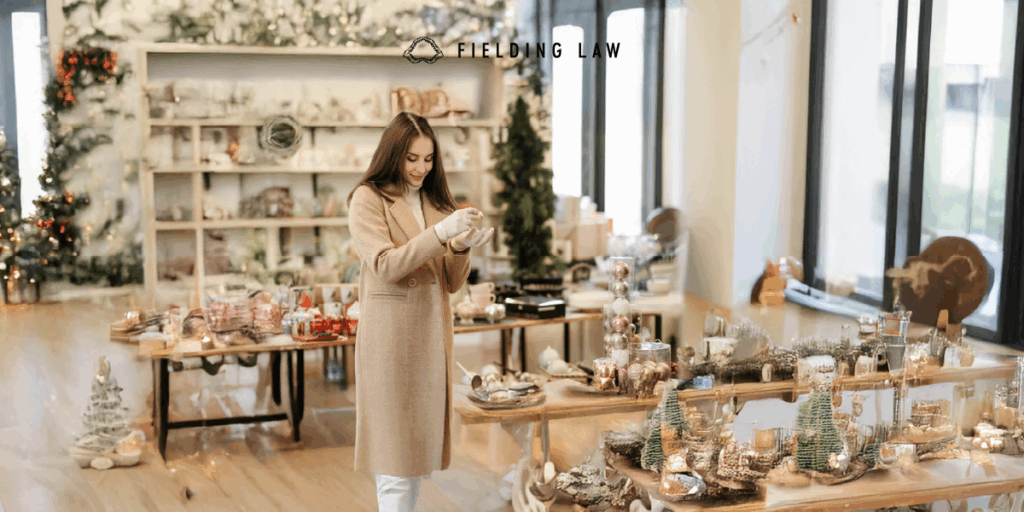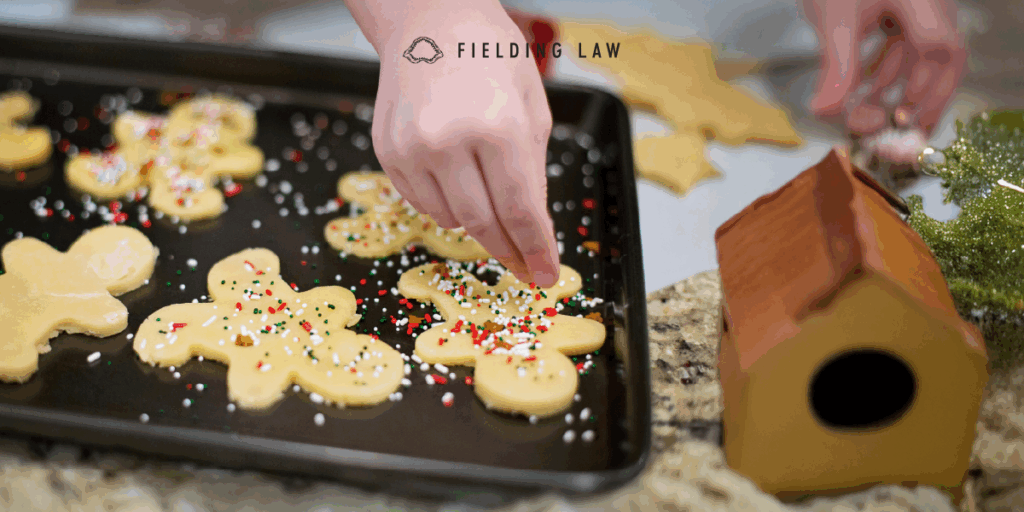
The holidays are a joyful time when families and friends gather in the kitchen to cook, bake, and enjoy cherished traditions. But with all the excitement of holiday cooking, things can sometimes get a little hectic. Amid the comforting aromas and shared laughter, accidents can happen before anyone notices. These moments remind us to stay present and safe. A little awareness makes a big difference. Here are a few common Christmas kitchen injuries that often happen during this time of year.
Common Christmas Kitchen Injuries
1. Knife Injuries
If a knife breaks, slips because of a defective handle, or shatters due to a manufacturing issue, the injured person may have a product liability claim. Injuries caused by a property owner who ignored a known hazard, such as unsafe cutting surfaces, may also involve negligence.
2. Burn Injuries
Burns can happen quickly during holiday cooking. When a defective pot, faulty oven, or unsafe appliance causes a burn, there may be grounds to pursue compensation. Burns caused by unsafe conditions in a rental home or vacation property may also involve the property owner’s responsibility.
3. Slip Hazards
Slip injuries can happen when a spill is not cleaned up in a reasonable time. They can also occur when floors are uneven or poorly maintained. If a property owner knows about a hazard and fails to fix it, that neglect may create responsibility for resulting injuries. This includes holiday gatherings in homes, rentals, or businesses where guests expect safe conditions.
4. Fire Injuries
With multiple pans on the stove and the over working overtime, it is easy for a small spark to turn into a dangerous situation. It only takes a moment of distraction for a grease of fire to flare up, or for a towel hanging too close to the stove to catch fire. Make sure to stay present while cooking and keep a lid or baking sheet within arm’s reach.
5. Food Temperature Injuries
Hot liquids and foods can cause severe burns. Soups, sauces, and melted sugar hold heat longer than expected. Stir carefully, lift lids away from your face, and allow dishes to cool before serving to children. These simple steps protect everyone at the table.
6. Appliance Safety
Holiday cooking often means slow cookers, air fryers, mixers, and blenders running at the same time. Faulty cords, overloaded outlets, or malfunctioning appliances can cause shocks or fires. Use each appliance as directed, check for recalls, and unplug items when not in use.
7. Holiday Decorations in the Kitchen
Candles, string lights, and decorative fabrics can create added risks when placed near heat sources. Keep decorations away from burners and avoid placing anything flammable near the stove or oven. This helps keep the kitchen festive and safe.
8. Children and Pets Underfoot
Kids love helping in the kitchen, and pets often follow the action. Both can unintentionally create hazards. Set up a safe zone for children and keep pets outside the cooking area. This reduces trips, spills, and accidental contact with hot items.
9. Cleaning Product Risks
The rush to clean up can create chemical hazards. Strong cleaners and soaps can irritate skin or cause burns. Store products out of reach, use gloves when needed, and never mix cleaning chemicals. This keeps the kitchen safe long after the meal is done.
How Fielding Law Can Help
Holiday cooking should be filled with fun and togetherness that turn into lasting memories. Being prepared and staying mindful, you and your loved ones can enjoy the magic of cooking. We are happy to speak with you and provide guidance for your next steps. For a free consultation, call 833.88.SHARK.
Note: Information provided is for educational purposes and does not constitute legal advice. Always consult with a qualified attorney for legal concerns.
